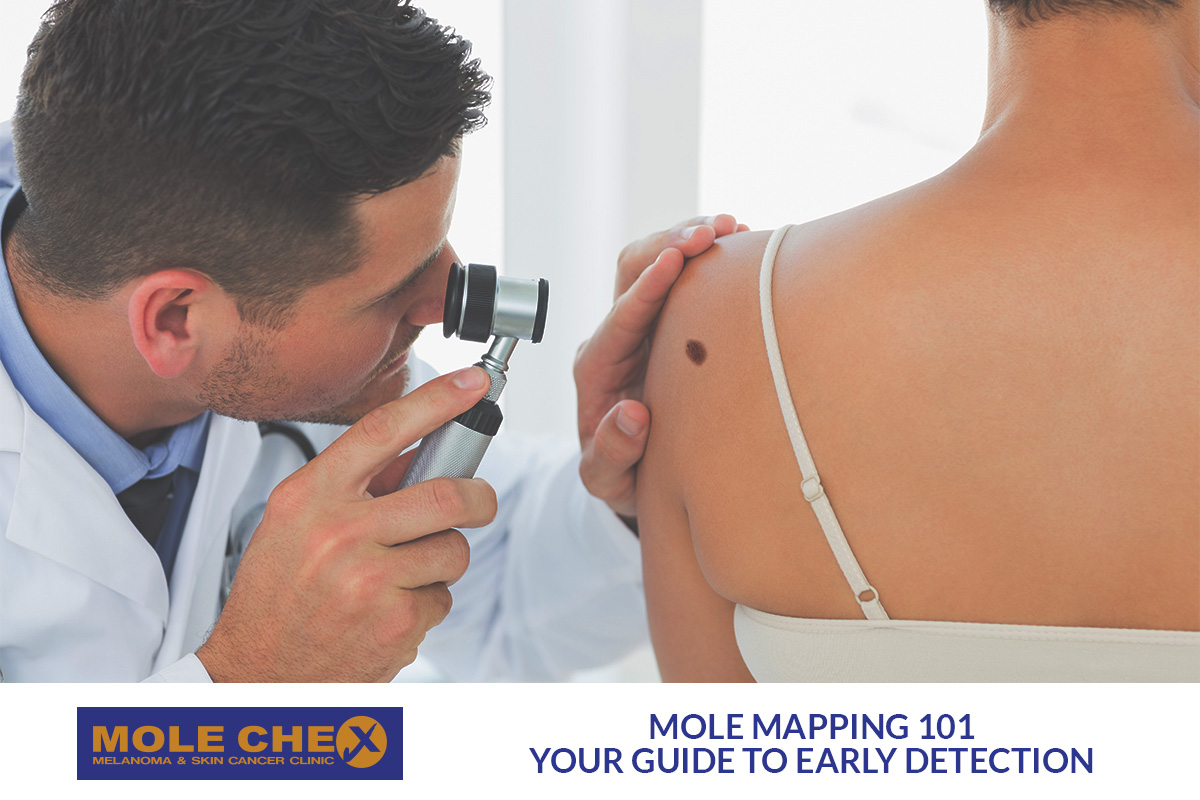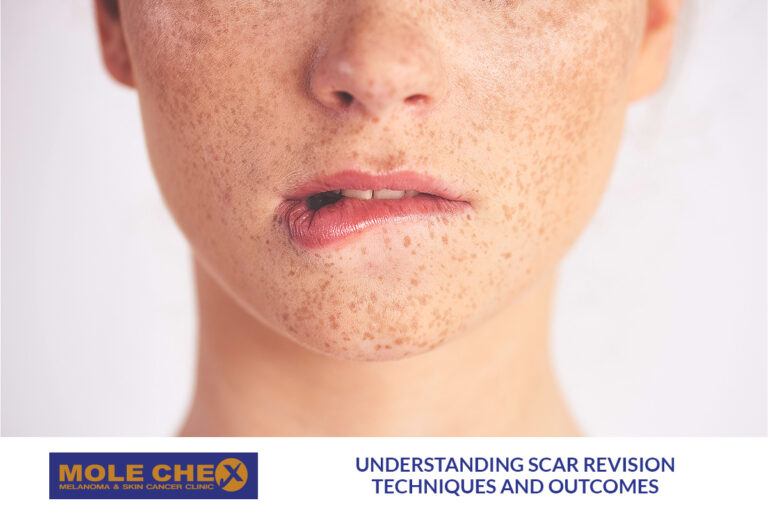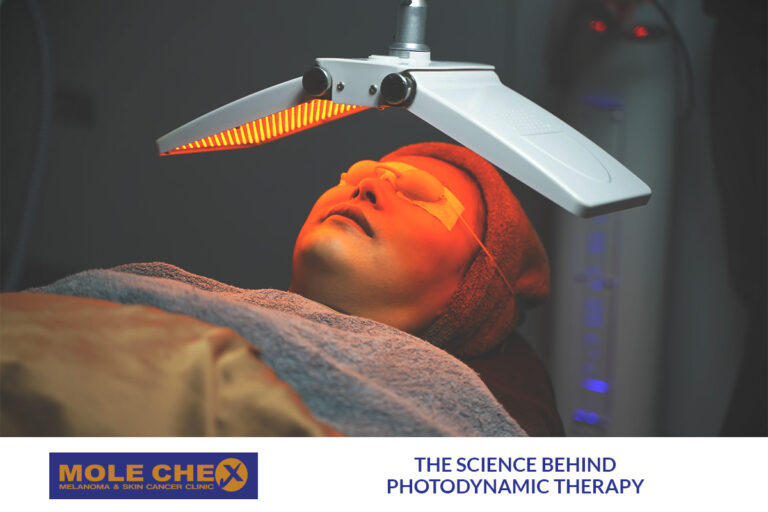Mole Mapping 101: Your Guide to Early Detection of Skin Cancer

Moles can be tricky, mole mapping is a powerful tool in the early detection and prevention of skin cancer, particularly melanoma, which is the deadliest form of skin cancer. By tracking changes in the skin over time, mole mapping can help identify malignant changes at an early, more treatable stage. This comprehensive guide explores the importance of mole mapping, how it works, and why it could be a crucial part of your skincare regimen.
What is Mole Mapping?
Mole mapping is a process that involves creating a complete visual record of the moles on your body. This is typically done using dermoscopic images, which are detailed photographs taken with a dermatoscope. These images provide a clear view of the patterns and structures within each mole, allowing for the early identification of any changes or abnormalities that could indicate skin cancer.
The Importance of Early Detection
Furthermore, It is important that the skin cancer is early detected. When melanoma is identified and treated in its initial stages, the survival rate is significantly high. However, if left undetected, melanoma can quickly spread to other parts of the body, making it much more difficult to treat. Regular mole mapping allows for the early detection of melanoma, greatly improving treatment outcomes.
How Does Mole Mapping Work?
Mole mapping typically involves the following steps:
- Initial Assessment: A dermatologist conducts a thorough examination of your skin, noting any moles or lesions that may require closer monitoring.
- Photographic Documentation: High-resolution images are taken of your entire skin surface as well as close-up dermoscopic images of individual moles. This creates a baseline for future comparisons.
- Follow-Up and Comparison: You’ll have follow-up appointments for additional imaging, usually on an annual basis. These images will be compared to your initial set to check for any changes in existing moles or the appearance of new ones.
- Expert Analysis: Dermatologists review the images, paying close attention to any changes in size, shape, color, or texture of the moles. If any suspicious changes are detected, further investigation or treatment may be recommended.
Who Should Consider Mole Mapping?
While anyone can benefit from mole mapping, it’s particularly recommended for individuals who:
- Have a high number of moles (more than 50).
- Possess large or atypical moles.
- Have a personal or family history of skin cancer.
- Have fair skin and a history of sunburns or extensive sun exposure.
Benefits of Mole Mapping
- Early Detection: The primary benefit is the early detection of melanoma and other skin cancers, which can be life-saving.
- Peace of Mind: Regular monitoring provides reassurance for those at high risk of skin cancer.
- Educational: The process can educate individuals about their skin and the importance of sun protection and regular skin checks.
Conclusion
At-last, let’s see what we have learned. Mole mapping is an advanced, non-invasive method that plays a crucial role in the early detection of skin cancer. By providing a detailed overview of the moles on your skin and tracking their changes over time, mole mapping offers a proactive approach to skin health. So, If you have risk factors for skin cancer or simply want to take charge of your skin health, consider starting mole mapping as part of your regular health check-up routine. Remember, early detection is key to effective treatment.
Finally, if you’re interested, Molechex skin doctors appointments are available via Hotdoc. Book your initial consultation to get started with your skin rejuvenation journey.
Learn more by reading other articles :



